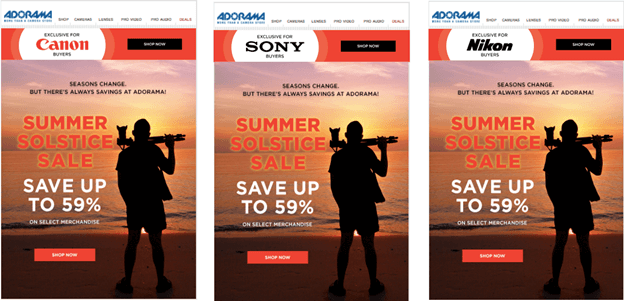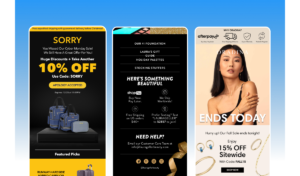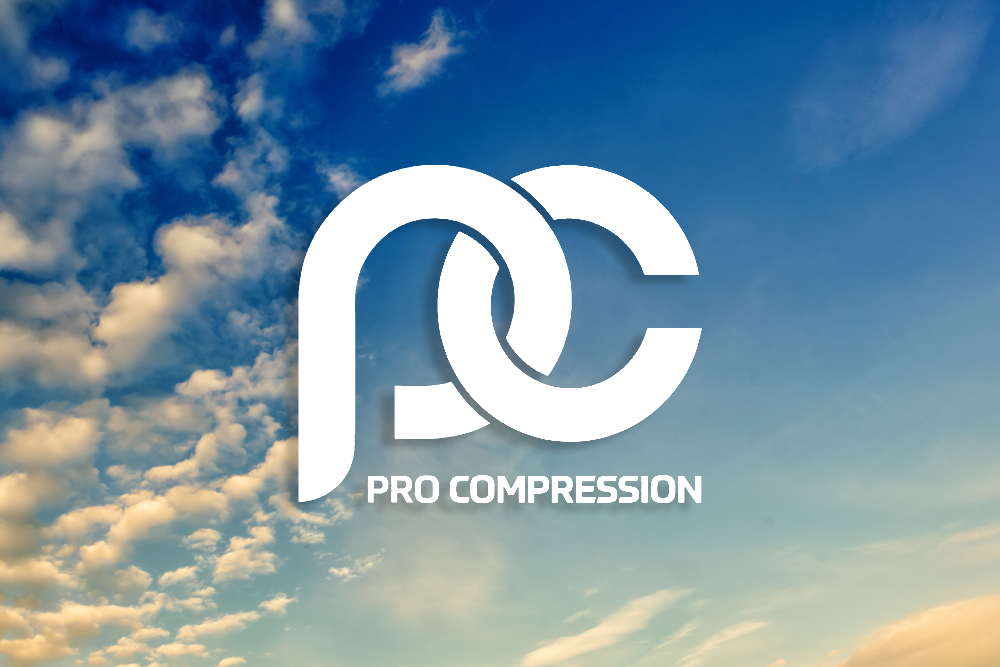Email marketing can be monotonous for the marketer – day after day after day, come up with another valuable email for your audience.
To help you break free from the monotony and get your next great email marketing idea, step away from the email service provider or marketing automation platform for just a moment and read on for examples from Adorama, a job search website for voiceover actors, farm, and software platform.
by Daniel Burstein, Senior Director, Content & Marketing, MarketingSherpa and MECLABS Institute
This article was originally published in the MarketingSherpa email newsletter.
In the day-to-day trenches of sending email after email to your list, it can be easy to overlook a crucial fundamental for each email you send – does it have a clear objective? And have you executed on that objective?
To help you nail down that objective, you can watch The Goal of an Email is to Get a Click: How to improve a direct sales email by clarifying the objective from MarketingExperiments (MarketingSherpa’s sister publication).
And once you have solidified that objective, spark your next great email marketing idea by reading these quick case studies to discover how your peers have improved their email performance.
Quick Case Study #1: Camera and electronics retailer increases average order value 25% with personalization
Adorama was concerned its broadcast emails might be suffering from fatigue and could benefit from personalization. The challenge was finding a solution that would speak to customers more directly and boost response without being overly burdensome and complex.
Creative Sample #1: Camera and electronics retailer’s email before personalization

“Alchemy Worx created banners to be inserted on top of the broadcast emails referencing brands recipients had previously purchased: Canon, Sony and Nikon,” said Allan Levy, CEO, Alchemy Worx.
Copy in the banners said the offer specifically included products for those brand buyers. The team split tested the template with brand-specific banners against a template that had no banner but was otherwise identical to them. Both the messages with and without banners were sent to tens of thousands of recipients, making the results statistically significant.
The specific tailored banners brought the customers who received these e-mails to landing pages for an exclusive sale for buyers of that brand, where their product preferences were served to them as top choices and priority items up top. The general audience was sent to a random assortment of products.
“For example, the Sony customer was directed to a page that had Sony items positioned at the top, while Nikon customers were brought to a page with Nikon items at the top, and so on. Many photographers live in a specific camera ecosystem so it was critical to speak to them directly through their interests,” Levy said.

Read the full article on Marketing Sherpa.





